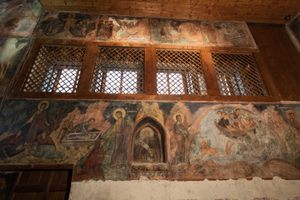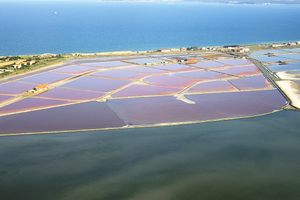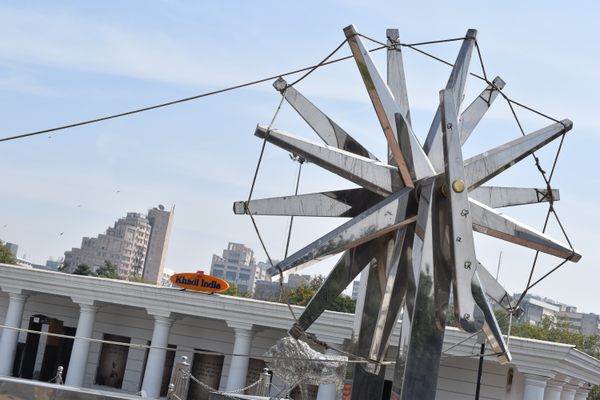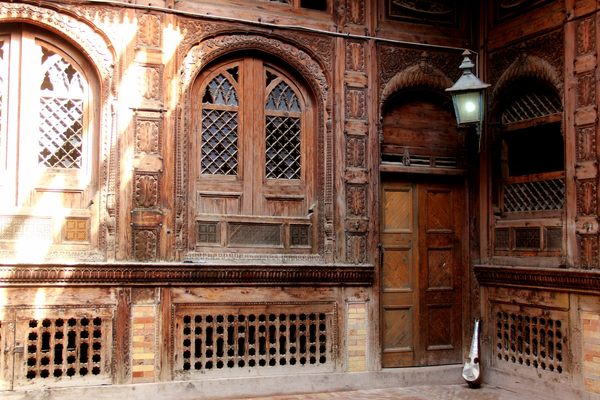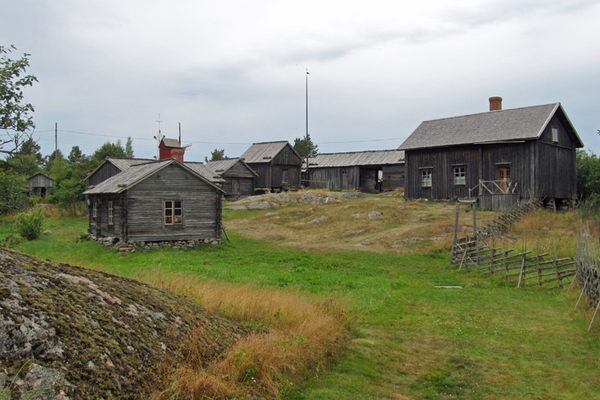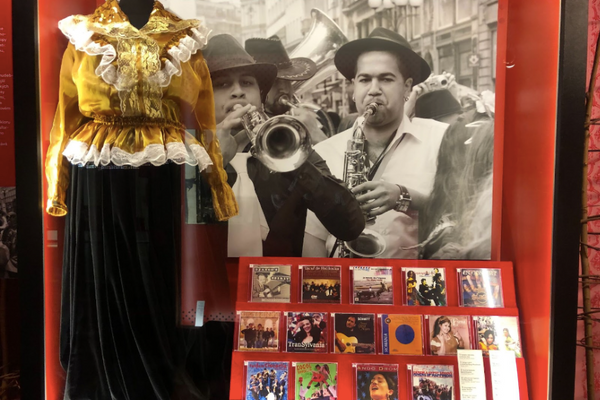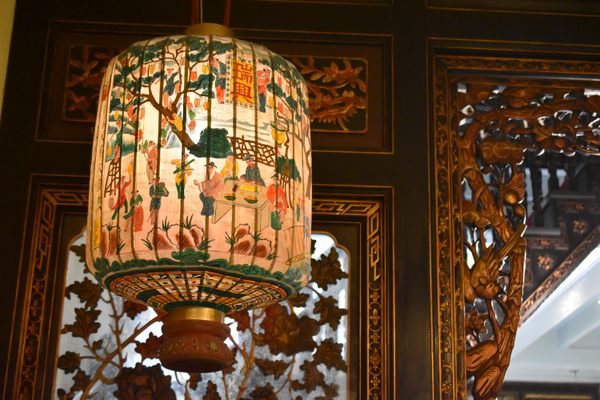About
Housed inside the 19th-century home of a wealthy Greek merchant, Nessebar's Ethnographic Museum is dedicated to telling the stories of everyday people who have called this historic, seaside town home. Specifically focusing on the Bulgarian National Revival period during the 18th and 19th centuries, the two-floor museum features crafts, industrial artifacts, household items, traditional clothing, and more.
Beginning with the 1762 publication of Bulgarian monk Paisiĭ’s book, Slaveno-Bulgarian History, the Bulgarian National Revival inspired Bulgarians, who had been under Ottoman rule since the 14th century, to take ownership of their history, ethnic identity, and language. During this period, Bulgarian architecture, literature, and culture flourished, and a unique, Bulgarian identity emerged.
One of the highlights of the Ethnographic Museum’s collection is its traditional Bulgarian clothing, including an early 20th-century wedding dress and hand-embroidered jackets and skirts. The museum also exhibits 18th-century copper vessels used in grape production and winemaking, a 1669 domestic religious icon, fishing gear, a sewing machine, household rugs, and old magazines.
The historic home that houses the museum, known as the Moskoyani house, is itself a jewel of the collection. Built in 1840, the house’s top floor was primarily residential, featuring bedrooms and a central salon with an intricately carved wooden ceiling. The home’s original well can also be found in the building’s courtyard.
When taken all together, the Ethnographic Museum’s vast collection showcases an important moment in Bulgarian history—when Nessebar and the larger country began to define their own distinct identity and culture.
Related Tags
Published
October 11, 2024



















